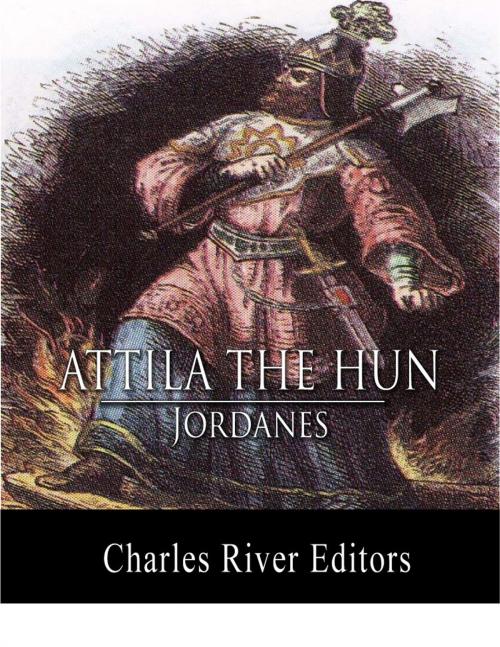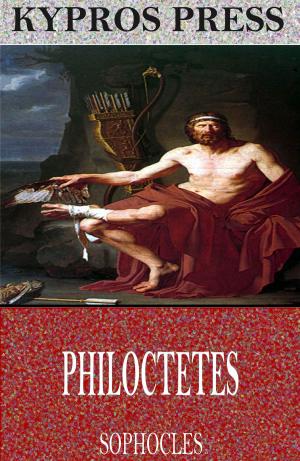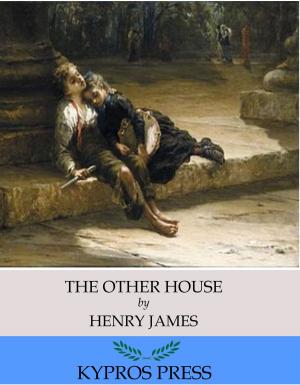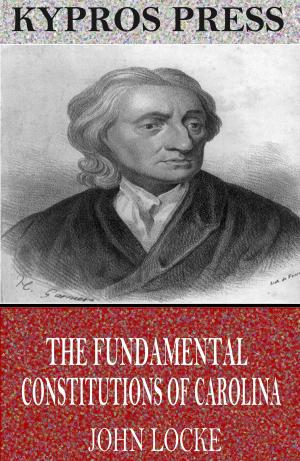An Essay on Money and Bullion
Nonfiction, History, Ancient History, Rome, Biography & Memoir, Historical| Author: | Jordanes, Priscus, and Proper | ISBN: | 9781475306651 |
| Publisher: | Charles River Editors | Publication: | April 24, 2012 |
| Imprint: | Language: | English |
| Author: | Jordanes, Priscus, and Proper |
| ISBN: | 9781475306651 |
| Publisher: | Charles River Editors |
| Publication: | April 24, 2012 |
| Imprint: | |
| Language: | English |
Attila, also known as Attila the Hun, was the ruler of the Huns from 434 until his death in 453. He was leader of the Hunnic Empire, which stretched from the Ural River to the Rhine River and from the Danube River to the Baltic Sea. During his reign he was one of the most feared enemies of the Western and Eastern Roman Empires. He crossed the Danube twice and plundered the Balkans, but was unable to take Constantinople. He also attempted to conquer Roman Gaul (modern France), crossing the Rhine in 451 and marching as far as Aurelianum (Orléans) before being defeated at the Battle of the Catalaunian Plains. Subsequently he invaded Italy, devastating the northern provinces, but was unable to take Rome. He planned for further campaigns against the Romans but died in 453. Attila the Hun contains descriptions of Attila from the following authors. Jordanes, also written Jordanis, was a 6th century Roman bureaucrat, who turned his hand to history later in life. While he also wrote Romana about the history of Rome, his best-known work is his Getica, written in Constantinople about AD 551. It is the only extant classical work dealing with the early history of the Goths. Priscus was a late Roman diplomat, sophist and historian from Panium (in Thrace) living in the Roman Empire during the 5th century. He accompanied Maximinus, the ambassador of Theodosius II, to the court of Attila in 448. During the reign of Marcian (450457), he also took part in missions to Arabia and Egypt. Saint Prosper of Aquitaine (c.390 c.455), a Christian writer and disciple of Saint Augustine
Attila, also known as Attila the Hun, was the ruler of the Huns from 434 until his death in 453. He was leader of the Hunnic Empire, which stretched from the Ural River to the Rhine River and from the Danube River to the Baltic Sea. During his reign he was one of the most feared enemies of the Western and Eastern Roman Empires. He crossed the Danube twice and plundered the Balkans, but was unable to take Constantinople. He also attempted to conquer Roman Gaul (modern France), crossing the Rhine in 451 and marching as far as Aurelianum (Orléans) before being defeated at the Battle of the Catalaunian Plains. Subsequently he invaded Italy, devastating the northern provinces, but was unable to take Rome. He planned for further campaigns against the Romans but died in 453. Attila the Hun contains descriptions of Attila from the following authors. Jordanes, also written Jordanis, was a 6th century Roman bureaucrat, who turned his hand to history later in life. While he also wrote Romana about the history of Rome, his best-known work is his Getica, written in Constantinople about AD 551. It is the only extant classical work dealing with the early history of the Goths. Priscus was a late Roman diplomat, sophist and historian from Panium (in Thrace) living in the Roman Empire during the 5th century. He accompanied Maximinus, the ambassador of Theodosius II, to the court of Attila in 448. During the reign of Marcian (450457), he also took part in missions to Arabia and Egypt. Saint Prosper of Aquitaine (c.390 c.455), a Christian writer and disciple of Saint Augustine















